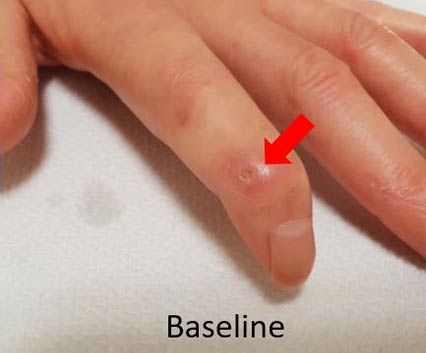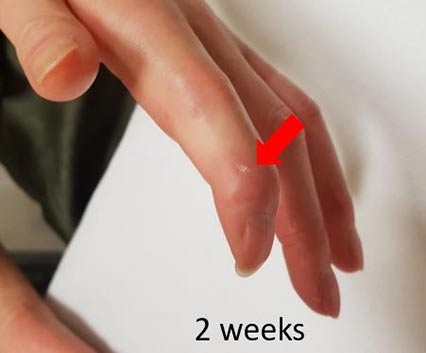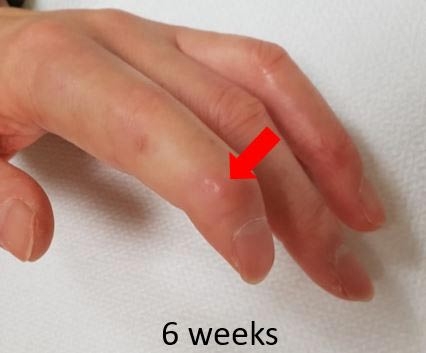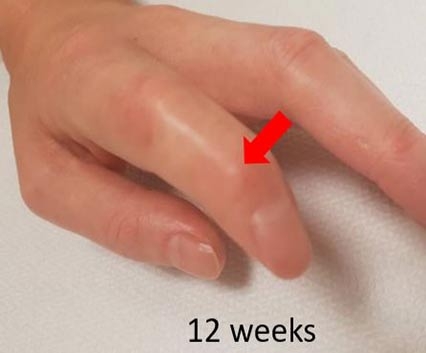- Log in
-
- Sydney Overseas Office
- London Overseas Office
- Paris Overseas Office
- Toronto Overseas Office
- Los Angeles Overseas Office
- New York Overseas Office
- Ulaanbaatar Overseas Office
- Istanbul Overseas Office
- Dubai Overseas Office
- New Delhi Overseas Office
- Manila Overseas Office
- Jakarta Overseas Office
- Hanoi Overseas Office
- Kuala Lumpur Overseas Office
- Singapore Overseas Office
- Bangkok Overseas Office
- Map
- Sydney Overseas Office
- London Overseas Office
- Paris Overseas Office
- Toronto Overseas Office
- Los Angeles Overseas Office
- New York Overseas Office
- Ulaanbaatar Overseas Office
- Istanbul Overseas Office
- Dubai Overseas Office
- New Delhi Overseas Office
- Manila Overseas Office
- Jakarta Overseas Office
- Hanoi Overseas Office
- Kuala Lumpur Overseas Office
- Singapore Overseas Office
- Bangkok Overseas Office
Contents View
-
-
-
Stromal Vascular Fraction Stem Cell Injection Treatment for Systemic Sclerosis
-
07/22/2022
985
-
0
0
-
-
Seoul
Integrated Internal Medical
Dermatology
-
-
-
Introduced by the Catholic University of Korea, Seoul St. Mary's Hospital -- New Treatment Significantly Improves Scleroderma
For the first time in Korea, the Catholic University of Korea, Seoul St. Mary's Hospital announced a new medical technology to treat systemic sclerosis, a major intractable rheumatic disease, with stromal vascular fraction (SVF) stem cell injection. This new medical technology, publicly announced by the Ministry of Health and Welfare in 2021, treats hand and foot ulcers caused by systemic sclerosis using an autologous adipose tissue-derived SVF. It was approved as a treatment for patients who cannot be treated with selective endothelin inhibitors.
The treatment takes one day, and no obvious side effects were found. The efficacy of the treatment is long-lasting, so it is a suitable treatment for foreign patients suffering systemic sclerosis when they visit Korea. Covering the treatment by the national healthcare insurance scheme is currently under review. At the Catholic University of Korea, Seoul St. Mary's Hospital, both foreigners and Koreans can receive treatment if they pay 2.5 to 3 million won (2,000 to 2,400 dollars) out of pocket. If you visit the hospital's International Health Care Center or the department of rheumatology, you can receive treatment through the usual treatment process.INTRO
According to a paper published in the Journal of Clinical Medicine in December 2020 by Professor Seung-ki Kwok (Department of Rheumatology, the Catholic University of Korea, Seoul St. Mary's Hospital), a medical team conducted a clinical trial using autologous adipose tissue-derived SVF injected onto 18 patients with intractable systemic sclerosis, finger ulcers, and hand impairments. The result showed that the treatment cured approximately 31.6% of the hand ulcer cases. The symptoms of scleroderma and the patient’s quality of life were also remarkably improved, demonstrating the safety and efficacy of the clinical trial. This new medical technology is expected to be actively used to treat finger ulcers in patients with systemic sclerosis which had no effective treatment thus far.
PART 1. What Are Systemic Sclerosis and SVF Injection Treatment?
Systemic Sclerosis Hardens the Skin, Blood Vessels and Organs
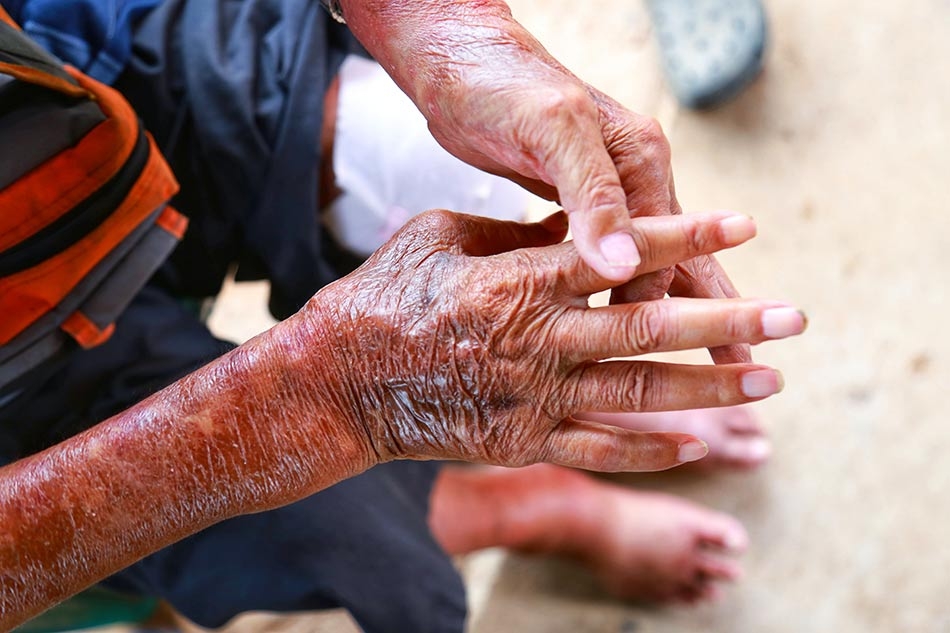
Systemic sclerosis, also known as scleroderma, is a rare autoimmune disease that causes fibrosis in the connective tissue. The disease typically invades not only the skin, where a majority of the connective tissues are found, but also various internal organs such as the joints, gastrointestinal tract, lungs, heart, kidneys, and etc. It is a serious disease that can lower one’s quality of life and even cause death in severe cases. There are two major subgroups of the disease: the limited form and the diffuse form. In the limited form, skin hardening occurs in specific body parts such as the fingers, hands, face, and legs and progresses relatively slowly, whereas in the diffuse form, skin hardening occurs relatively rapidly throughout the body and damages not only the skin but also internal organs such as the lungs and the gastrointestinal tract.
Typical symptoms include hard, thick, and sometimes shiny skin. Fingers and toes may become swollen or ulcerated, and arthritis and muscle weakness may appear. In particular, systemic sclerosis is likely to cause the Raynaud phenomenon, which blocks blood circulation in the tips of the fingers, toes, and nose, thus turning the skin pale and blue. As the skin color changes, the patient will experience cramping in the affected area. But when the temperature warms up, the patient will return to his/her original state.
The cause of systemic sclerosis is still unknown. However, if an individual with a specific genetic predisposition is in an environment that induces repeat vasoconstriction and ischemia, microvascular dysfunction and autoimmune inflammatory reactions occur, leading to tissue fibrosis.Treatment of Hand and Foot Ulcers with Adipose-Derived Stem Cells
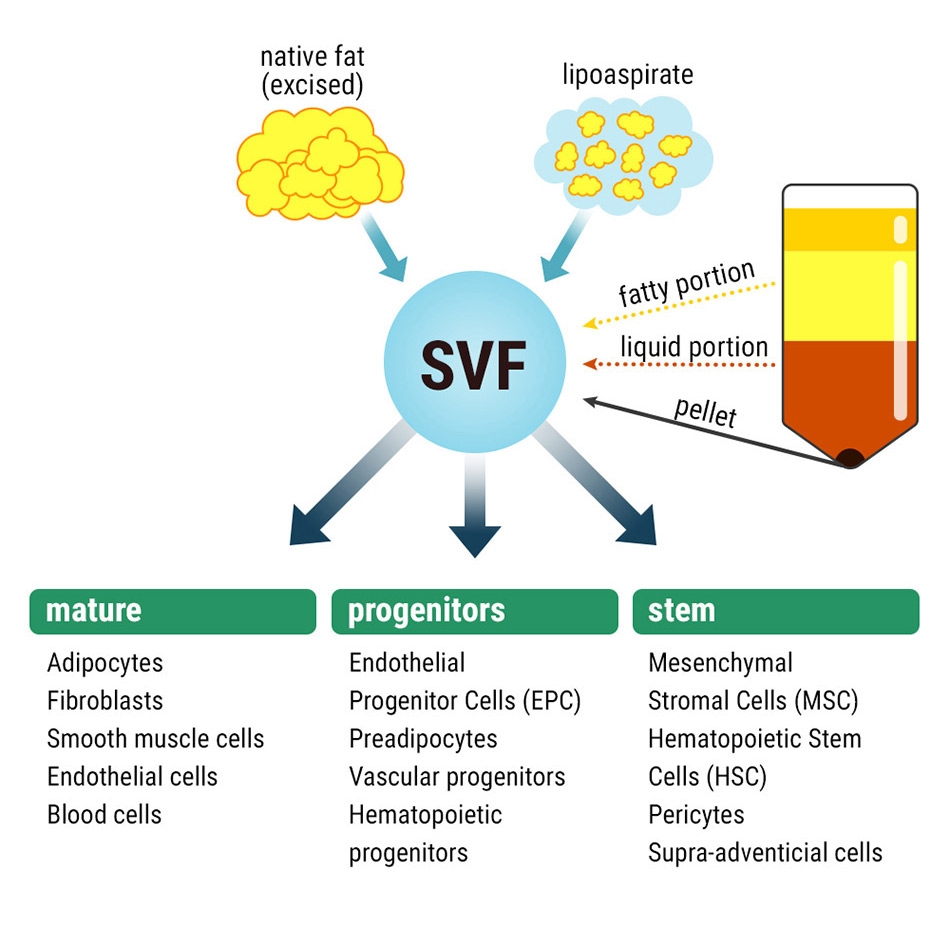
Human adipose tissue contains stem cells and various growth factors secreted from these cells. In the past, most of the adipose tissue collected through liposuction during cosmetic surgery were discarded. However, it was revealed that such adipose tissue also contains a large amount of stem cells that can be used for tissue regeneration. Recently, several medical experts have been researching various technologies to utilize stem cells in adipose tissue or adipose-derived stem cells.
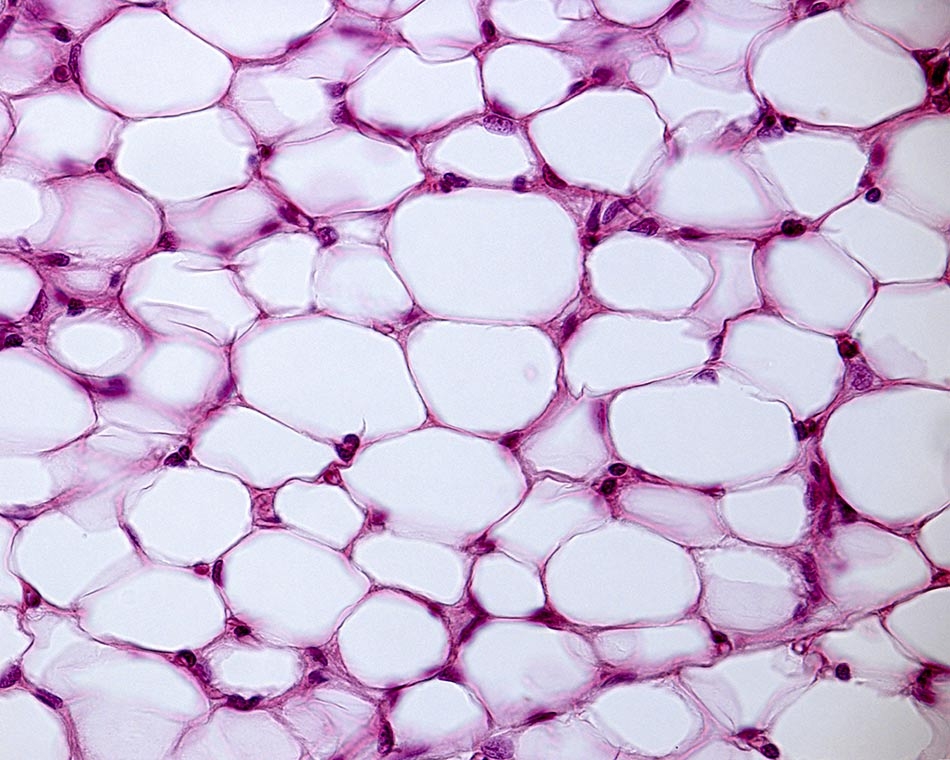
Systemic sclerosis is characterized by loss of tissue function due to fibrosis and finger ulcers as blood vessels become dysfunctional. Treating the disease by injecting stem cells, which can regenerate tissue, was researched. Adipocytes are collected from the patient's abdomen or thigh to extract the SVF. The SVF contains a large amount of adipose-derived stem cells and various growth factors. The SVF extract is injected into the fingers of patients with systemic sclerosis exhibiting ulceration and fibrosis. So far, systemic sclerosis treatment through SVF has been attempted in the United States, France, and Italy. In Korea, the Catholic University of Korea, Seoul St. Mary's Hospital tried this treatment for the first time, and the Ministry of Health and Welfare approved the new medical technology.
A Completely New Treatment Concept
Until now, there has been no treatment that could fundamentally cure the disease or slow its progression. Most of the treatments were only symptomatic treatments for the affected organs. However, SVF stem cell injections have proven effective in treating finger ulcers and skin fibrosis caused by systemic sclerosis, significantly impacting a patient's quality of life. In this regard, it is a new treatment concept that can affect the progress of the disease itself.
The SVF stem cell injection treatment for systemic sclerosis is currently under review to decide whether it should be covered under the national health insurance scheme. Until the decision is made, patients can receive the treatment without reimbursement at hospitals that have received approval for this new medical technology. The price of the treatment offered at the Catholic University of Korea, Seoul St. Mary's Hospital is approximately 2.5 to 3 million won (2,000 to 2,400 dollars) on a non-indemnity basis.Advantages of SVF Stem Cell Injection Treatment
① One-Day Treatment
Unlike other stem cell treatments, SVF stem cell injections do not require additional manufacturing steps such as cultivation or processing. Therefore, patients can receive rapid treatments. They can visit the outpatient clinic and return home after completing the entire treatment in one day.
② Immediate Improvement of Quality of Life
The treatment is effective in improving the quality of life for patients with finger ulcers caused by systemic sclerosis, a very painful illness. It also helps to improve skin fibrosis, so it can help restore the function of the skin.
③ Long-Lasting Effect
The treatment's long-lasting efficacy has been proven. The effect lasts for at least six months with only one treatment. One study at the Catholic University of Korea, Seoul St. Mary's Hospital demonstrated efficacy for up to 6 months, and studies conducted in other countries reported efficacy for up to 2 years.
④ No Serious Side Effects
It is a safe treatment with no particularly serious side effects. Oral drugs previously used to treat finger ulcers in patients with systemic sclerosis caused various side effects when taken over a long period of time -- side effects include liver dysfunction. However, SVF stem cell injections saw no such side effects during the research trial period.Side Effects of SVF Stem Cell Injection?
Reported side effects included bruises, pain, or temporary hypoesthesia in the abdomen or thigh from which adipose tissue was collected. There was a case where a finger injected with the stem cell temporarily turned pale, but all patients recovered to their normal conditions without additional special treatments. Serious side effects requiring hospitalization were not confirmed in studies conducted in other countries using the same SVF stem cell injection.
Process of SVF Stem Cell Injection Treatment
- STEP01 Collect about 100cc of adipose tissue from the patient's abdomen or thigh using local anesthesia.
- STEP02 Extract SVF from the collected adipose tissue using a special kit (approx. 1 hour).
- STEP03 Locally anesthetize the patient's hands using lidocaine injection and inject extracted SVF stem cells into all 10 fingers (approx. 30 minutes to 1 hour).
SVF Stem Cell Injection Treatment Cases
- Patient Korean female in her 60s
- Symptoms The patient developed the limited systemic sclerosis 17 years ago and has been under follow-up since. She has suffered repeated ulcers on her right-hand index finger.
- Treatment Collected adipose tissue from her thigh area and injected SVF stem cells extracted from the adipocytes.
- Results All finger ulcers were cured six weeks after the injection, with no recurrence during the 6-month follow-up period
- Patient Korean female in her 40s
- Symptoms She visited the hospital due to diffuse systemic sclerosis diagnosed 2 years ago. There was no finger ulcer, but the modified Rodnan skin score (mRSS) was 12 points, and she suffered discomfort due to fibrosis of the whole body and fingers.
- Treatment Collected adipose tissue from her abdomen area and injected SVF stem cells extracted from the adipocytes.
- Result 24 weeks after the injection, fibrosis was improved, and mRSS recorded 7 points. The treatment improved patient’s quality of life as well.
※ The above are patient cases from the Catholic University of Korea, Seoul St. Mary's Hospital (https://www.cmcseoul.or.kr)
noteWritten by : Reporter Jung-yoon Kim
Reviewed by : Professor Seung-ki Kwok, Department of Rheumatology, the Catholic University of Korea, Seoul St. Mary's Hospital

